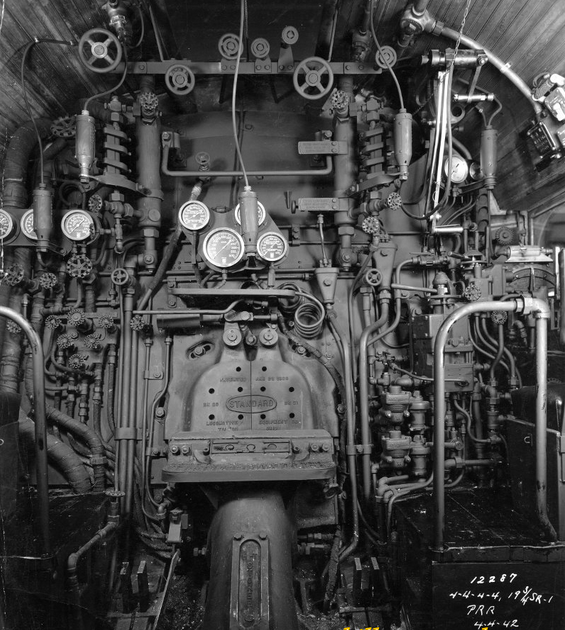jacksonbarno
Alco Spoken Here
I was just reading a book about PRR's duplex locomotives, and I read that the T1 duplex locomotives that the PRR owned had dual throttles to power both sets of drivers. When locomotives were deadheading, the engineers would unlock one of the throttles while keeping the other one off, and only use one driver set, to conserve coal/fuel. When I was using the T1 cab in Trainz, I noticed that there is only one throttle. Is this true for T1's (and the Q1, S1 and Q2 classes as well)? And if so: shouldn't there be two throttles that are optionally locked together in the cab?

